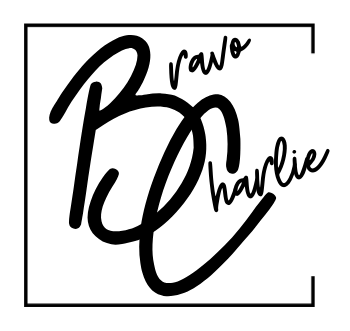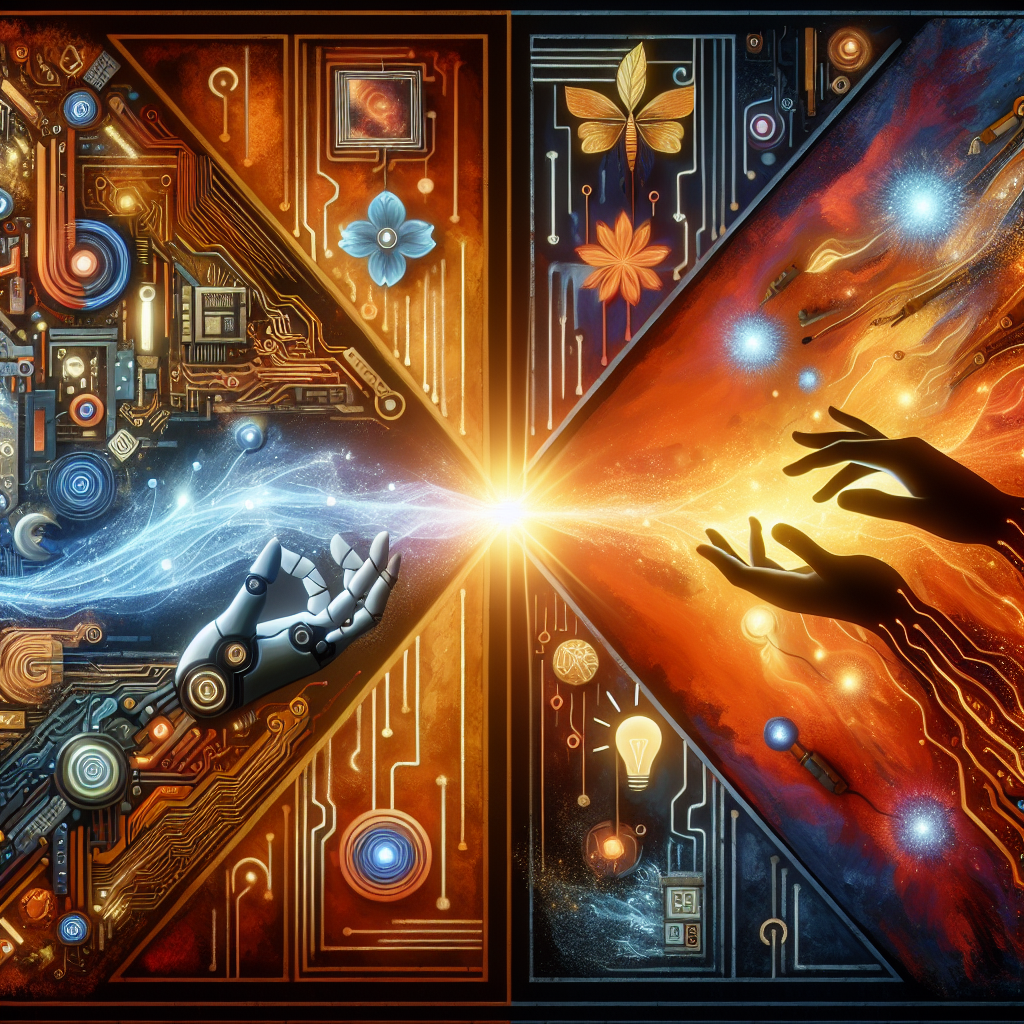Introduction
In today’s world, there’s a big debate called The Great Content Clash. This clash is between AI or artificial intelligence and human creativity. As technology advances, we need to understand how AI can create content and how it affects the creativity that comes from humans. In this article, we will explore both sides of this clash, discuss their impacts on content creation, and discover how they can work together.
What is AI?
AI stands for artificial intelligence. It’s a type of technology that can learn and make decisions like a human. Here are some important points about AI:
- AI can write articles: Many AI tools are designed to create text just like a person.
- AI can analyze data: It can look at huge amounts of information quickly and find patterns.
- AI can remember: It can learn from past experiences and improve over time.
How AI Creates Content
AI uses something called machine learning to understand language. Here are steps on how it creates content:
- Reading existing content: AI reads lots of articles, books, and websites to understand human language.
- Learning patterns: It looks for patterns in writing styles, topics, and structures.
- Generating text: Once it learns enough, AI can start making its own articles or stories.
Now, we need to look at the other side of the content clash.
The Human Creative Spirit
Human creativity is what makes us unique. It’s our ability to create art, music, stories, and ideas. Here are some key points about human creativity:
- Original ideas: Humans can come up with new and exciting ideas that have never been seen before.
- Emotional connection: Human-created content often has emotions that connect with the audience.
- Cultural influences: Humans are influenced by their culture, which brings richness to their creations.
How Humans Create Content
When humans create content, they go through a process. Here’s how it works:
- Inspiration: Humans get ideas from their experiences, dreams, and the world around them.
- Brainstorming: They think of different ways to express their ideas.
- Drafting: Writing a first draft and making changes until it feels just right.
The Battle of Quality
As we compare AI and human creativity, we can look at a few different areas.
Quality of Writing
-
AI writing:
- Can be fast and efficient.
- Sometimes lacks depth and emotion.
- Human writing:
- Can be slower but often has a personal touch.
- More relatable and engaging.
Accuracy and Reliability
-
AI content:
- Can provide factual information quickly.
- May produce errors or misunderstandings if it lacks context.
- Human content:
- Often includes thorough research.
- Can draw on personal experiences for reliable anecdotes.
Speed of Creation
-
AI:
- Generates content in a fraction of the time.
- Humans:
- Take longer but produce more tailored and thoughtful pieces.
Exploring Creativity and Innovation
In The Great Content Clash, both AI and humanity contribute to creativity and innovation. Let’s look at their roles.
Role of AI in Creativity
AI can assist humans in many ways:
- Idea generation: AI can suggest topics or themes based on trends.
- Content optimization: It can help make content SEO-friendly to reach a larger audience.
- Editing and proofreading: AI tools can provide feedback and correct grammar.
Role of Humans in Innovation
Humans have unique qualities that machines cannot replicate:
- Imagination: People can dream big and think outside the box.
- Empathy: Human understanding of emotions allows for deeper connections.
- Risk-taking: Humans can take creative risks that lead to groundbreaking ideas.
The Future of Content Creation
As we think about the future, it is essential to consider how AI and humans can coexist in content creation. Here are some possible scenarios:
Collaboration Over Competition
Imagine a future where AI and humans work together.
- AI as a tool: Humans can use AI to help with repetitive tasks while focusing on creative aspects.
- Enhancing creativity: AI can analyze trends, letting writers create more relevant content.
New Forms of Art
With the rise of AI, we may see the emergence of new art forms.
- Interactive stories: AI could help create unique experiences that engage the reader.
- Collaborative art: Artists could collaborate with AI to make mixed media.
Challenges Ahead
While the future offers exciting possibilities, there are challenges in The Great Content Clash.
Ethical Concerns
As AI becomes more advanced, ethical questions arise.
- Ownership: Who owns the content created by AI?
- Job displacement: Will AI take away jobs from human creators?
Quality Control
With AI generating content, maintaining quality can be a concern.
- Misinformation: AI could spread false information without intent.
- Lack of originality: Over-reliance on AI might lead to repetitive ideas.
What Can We Do?
As consumers and creators, we must take steps to balance AI and human creativity. Here are some actions we can take:
Educate Ourselves
- Learn about both AI and human creativity.
- Stay updated on technological advancements.
Use AI Wisely
- Use AI tools to aid your writing but don’t rely on them entirely.
- Blend AI suggestions with your creativity for the best results.
Support Human Creators
- Promote and share work from human artists and writers.
- Attend shows and events that showcase human creativity.
Conclusion
The Great Content Clash between AI and humanity’s creative spirit is an exciting and evolving discussion. By understanding both sides, we can appreciate the strengths and weaknesses of AI and human creativity.
Let’s embrace the future and find ways for AI and humans to work together. By promoting collaboration, we can ensure that creativity continues to thrive in this digital age.
Remember, whether it’s AI or human creativity, the most important thing is to keep creating, exploring, and expressing. Together, we can navigate the future of content creation with hope and excitement.
Let’s continue to champion both the brilliant innovation of AI and the incredible depth of human creativity for a remarkable tomorrow!

